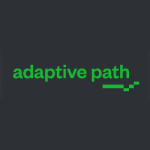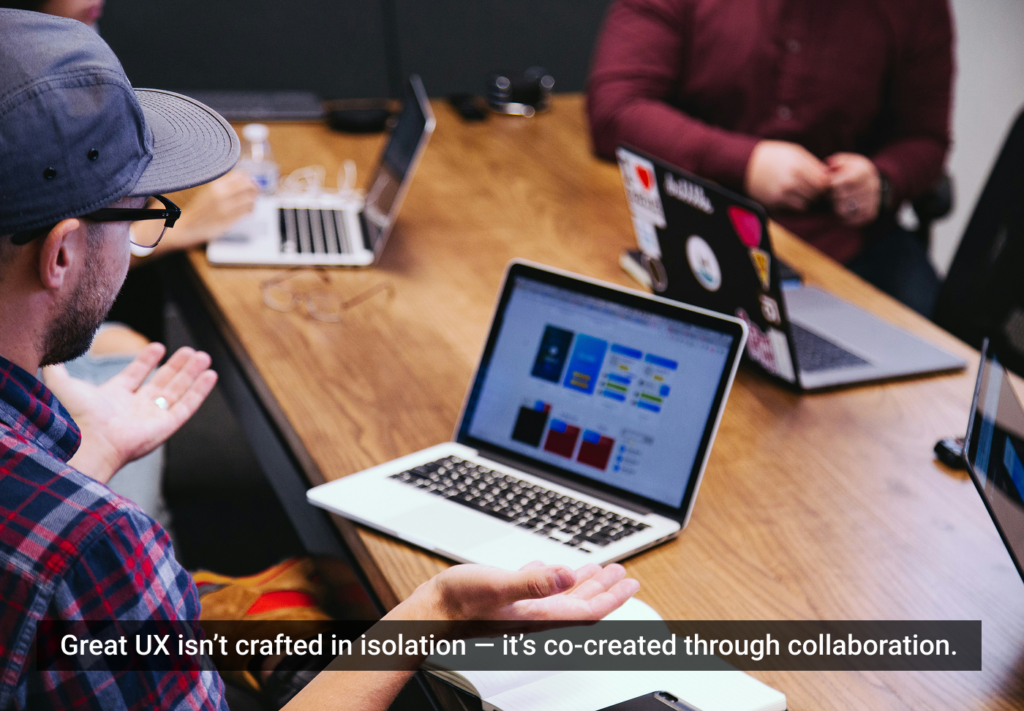When Ken Jennings stepped onto the stage of Jeopardy! back in 2004, he was a humble software engineer from Salt Lake City. 74 wins later, he stepped off that stage as the winningest contestant in game show history. Since then, Jennings has continued to indulge his interest in esoteric knowledge of all kinds as an author and columnist. One of his books, Maphead, digs into the world of maps and map enthusiasts, looking at the past, present, and future of maps as a fundamental part of human experience.
Here, Jesse James Garrett (the renowned experience designer who mapped The Elements of User Experience in a famous diagram from 2000) speaks with Jennings about the connections between the ideas in his book and the concerns of designers—a preview of what Jennings is set to discuss in his keynote presentation at UX Week 2014 in San Francisco this September.
Jesse James Garrett: To start things off, let’s briefly introduce people to your book Maphead and what it’s all about.
Ken Jennings: So, when I was a kid I was obsessed with maps and geography. I was very aware that this was super weird, that I lived in a culture where Americans famously didn’t know where anything was and people thought maps were confusing and bad and you only looked at them when you were lost. So I felt very odd in that I could read a road atlas for pleasure the way a normal kid would read a Hardy Boys book.
I found myself thinking many years later, “What’s up with that? Why was I such a weird kid? Were there other people like me out there?”
So I wrote this book called Maphead about that primal love of maps I always had as a kid and tried to figure out what was behind it. And it turned out there were all these weird subcultures out there.
JJG: I certainly don’t think of myself as a person with any sort of geography expertise, but as I was reading the book I was seeing a lot of myself and, actually, a lot of my fellow designers in the people that you describe. Looking at all of these people in the book who have this interest in the different dimensions and facets of maps—as historical objects, as cultural objects, as portals to other places—I felt that kind of obsessive attention to detail has a lot of similarities with the kind of work that UX practitioners do.
What was the most surprising thing that you found in your investigation of the world of mapheads?
KJ: I guess it was just how many people there were. It was amazing just how many people I knew who would just come up to me and say, “I used to love maps,” in this hushed voice like they knew it was something to be ashamed of. I talked to people who only got into maps through literature, where they started reading Lord of the Rings as a kid and then started drawing their own fantasy maps or people that got into them as a historical thing. “I was into the Civil War and that got me into maps.”
So I think you’re right. For a lot of people it’s a very visual angle. Some people couldn’t even care less about the territory being represented. They’re not travelers. They just love the order of the map, the elegance of the map as a solution to a visual problem: “How do I convey information about the world?”
JJG: Do you think that indicates that maps and the conventions of maps that have evolved over time tap into a deep awareness of our place in the world and a primal desire to visualize that?
KJ: Yes, I do. Actually, the trend in academic geography now is to think of maps as cultural artifacts and talk about the compromises and the agendas that drives their design. Why does north have to be at the top? Why does North America have to be in the middle? Why should Africa be smaller than it really is in the Mercator projection? What do we leave out? What do we include?
But for me that downplays something about maps that seems to be very innate—something about the way maps have evolved and how closely they must relate both to reality and to the maps we have in our heads.
I always think of the story of John Glenn taking off from Cape Canaveral and saying that he could see the whole state of Florida—that it was laid out in front of him like a map. The first person ever to actually see Florida from space was like, “Yep, check, it looks like a map.” It tells you something about the rightness of what cartography is.
JJG: One thing I find fascinating about cartography is that question of what you keep in and what you leave out. These are fundamental questions that people who design all kinds of things have to deal with every day and the choices they make have to reflect what really matters to people. So the hand of the cartographer ends up influencing the way that people think about the things that they are mapping.
KJ: Yes, there’s actually really good evidence of that. The Mercator projection makes the Polar Regions look huge and the equatorial part of the earth much smaller than it should be. You see one of these old maps and Greenland is like four of Africa, when in reality Greenland’s about the size of Algeria. It’s smaller than one country in Africa.
During the Cold War the Mercator projection was politically useful because it made the Soviet Union look so big and scary up there. There’s been research done on the effects of a map like that and to this day, people all over the world will draw Africa too small. Even people in Africa believe Africa is much smaller than it is because this map has colored our perception for centuries and we didn’t even know.
JJG: Another interesting aspect is the way in which cartographers have built on each other’s work and the way in which, as you talk about in the book, maps are almost created as responses to other maps—that there’s this baton passing over the millennia as maps become more refined and sophisticated.
KJ: Yes, that was true in the age of exploration. It was so rare to actually have a new map with new discoveries on it that almost all of these beautiful historical maps were just somebody cribbing from someone else’s work. So you have all these scholars that figure out the genealogy, “Oh, this map was just obviously redrawn from this map. This guy had no first-hand knowledge of South America. He was just going off this map and that map.”
All the conventions that we have on our maps today didn’t change much for many years. The atlases I looked at when I was a kid in the 1970s and 1980s, these looked pretty much like maps from decades before. There had been refinements, but still it’s dots for cities and blue lines for rivers. Columbus could’ve looked at my road atlas and known exactly what he was looking at.
But that’s all changed utterly with digital maps. Suddenly we have maps solving problems that we weren’t trying to solve with maps ten years ago, and the paradigm has changed. Now the map is not a sheet you unroll. Now it’s like a window you look into and you expect it to really represent the territory.
I feel like we’re almost seeing some sort of renaissance of maps as a way to understand information. You’ve got these meme maps that get passed around on the Internet, every U.S. state labeled according to a country that has similar GDP. Have you seen these kinds of maps?
Hundreds of these things get passed around, and it turns out it’s a really addictive, attractive way to process and master information that we haven’t been using, which is funny because before that happened, maps seemed so old-timey, and now suddenly they’re very of the moment.
JJG: There’s also the marriage of maps and mobile devices. It seems like such an obvious fit now, but I’m not sure that ten years ago you could have convinced a mobile phone company to make an investment in map technology.
KJ: Yes, I remember the big thing about the Web was that it was going to be free of location. Cyberspace was different from our space and everything was placeless. But now it’s turned out, no, what we really want is for all our photos on social media to be tagged with where we took them. We want to look on our phones and see where all our friends are. Every piece of information has got to be geotagged as well. It turns out that we had underestimated how important place is to how we see the world and how we process information.
It turns out that we had underestimated how important place is to how we see the world—@KenJennings
JJG: One other use of maps that you talk about in the book is using the visual conventions of maps to convey information that’s not about place, to communicate ideas.
KJ: Yeah, one example would be those allegorical maps that show “The Road to Success” and so forth. We’ve used maps as a metaphor for any other kind of conceptual journey or relationship between things for a long time.
You see people do this when they’re trying to do complex memorization. They’re trying to remember a long list of objects. The people who are really good at it actually think of a place in their heads and store the information geographically. Then to recall it, they maneuver through their mental map.
That spatial way of storing information is apparently deeply hardwired into how our brain wants to learn things. I guess it’s because we descended from hunter/gatherers who used to know where they were at all times, where the game was and where the cave was. That’s how our brain learns and remembers stuff best it turns out.
JJG: It feels like all of it, between the visual aspects, the cultural aspects and this primal connection to place, speaks to something really deep about humans and how they relate to the world.
KJ: Yes, there’s now an educational movement afoot to teach more spatial awareness. In addition to literacy and numeracy, we should be plugging graphicacy, this idea that people need to understand visual representations and manipulate them, and we’re doing kids a disservice by not teaching them how to do this.
Visit the UX Week 2014 site to find out more about Jennings’ keynote talk and the other speakers and workshops available September 9-12 in San Francisco!







